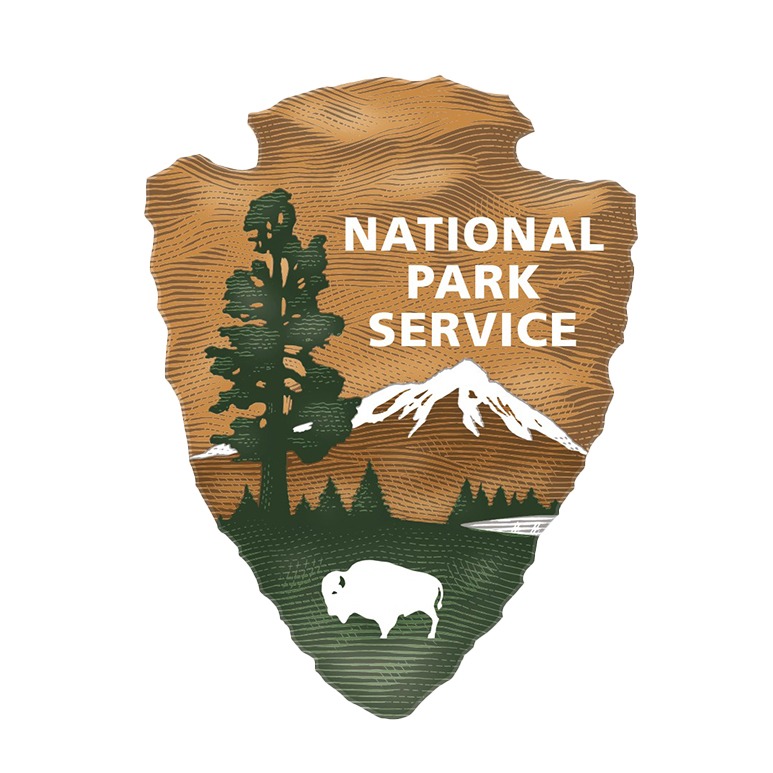*This is a 2024 archived project, view this year’s projects here.
Project overview: Continue research using remote cameras, genetic analysis, and scientific models to inform strategies for saving the Sierra Nevada red fox, which is one of the rarest mammals in the world — and believed to be on the edge of extinction.
How your support helps: Sierra Nevada red foxes are uniquely adapted to life at high elevations, sporting thick coats and dense fur that transforms their paws into snowshoes. But being well-suited to a cold, snowy climate isn’t enough to protect this mammal. The fox, which was officially designated as an endangered species under the Endangered Species Act in 2021, is extremely rare in its namesake range. Biologists have counted startlingly few individuals in and around the park, including just eight around Sonora Pass, and they believe the Yosemite-area population may vanish entirely without intervention.
In early 2015, through a Conservancy-supported project, biologists reported the first sighting in 99 years of a Sierra Nevada red fox within Yosemite National Park’s boundary. Now, in order to shape an effective conservation plan, researchers are working to fill a range-wide gap in information about the fox’s population size and distribution.
During the course of several years of Conservancy-funded work, researchers have used remote cameras, field surveys (with help from specially trained scent dogs), and genetic analysis to study the Sierra Nevada red fox. Focusing on locations with a high likelihood of detecting the elusive species, they’ve been gathering data to determine how many foxes live in the Yosemite area, and to figure out where and how far these scarce mammals travel in and around the park. Currently, researchers believe there are 18 to 39 individuals across its range.
This year: This year, your support will help scientists survey red foxes from 20 remote cameras, then analyze the data and provide recommendations to protect the fox in accordance with federal ESA regulations. They will communicate project highlights to the public through outreach and education, and submit reports about fox detections and trends, as we aim to better understand the size and geographic range of the Yosemite-area Sierra Nevada red fox population and, ultimately, to inform a comprehensive species recovery plan.
Project partners: Yosemite National Park; California Department of Fish & Wildlife; Oregon State University; Rogue Detection Teams; and University of California, Davis

